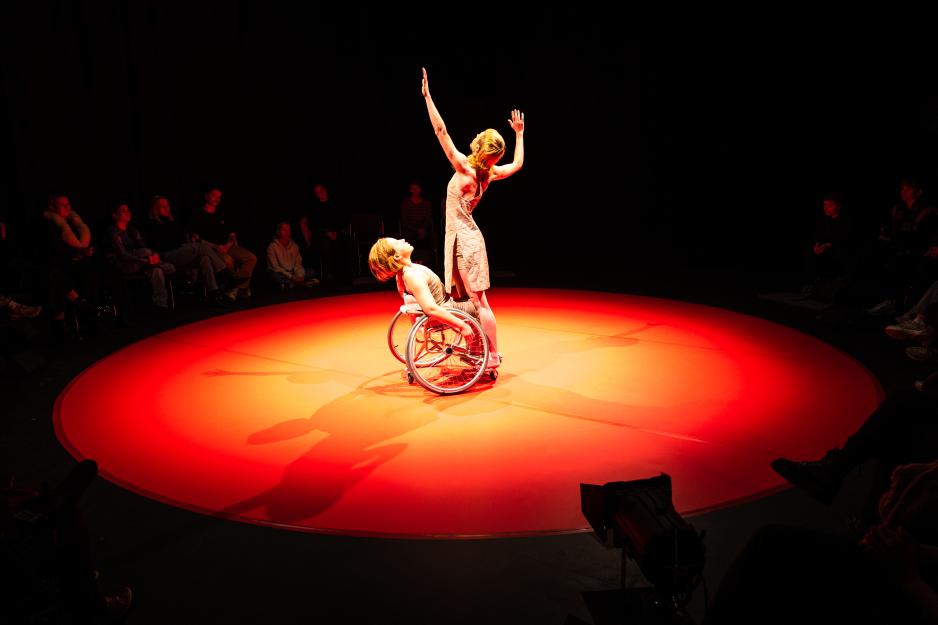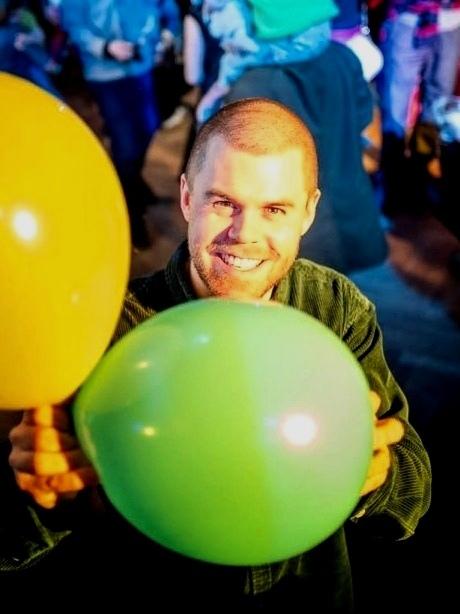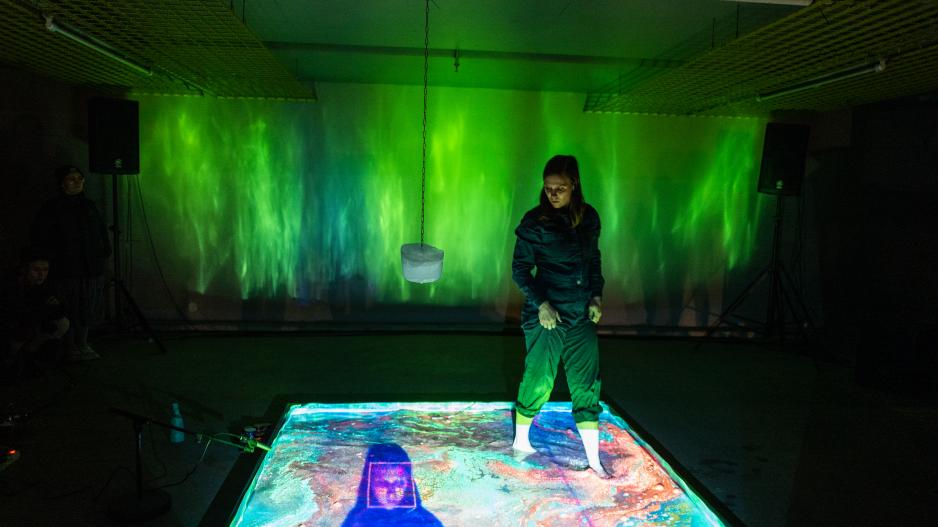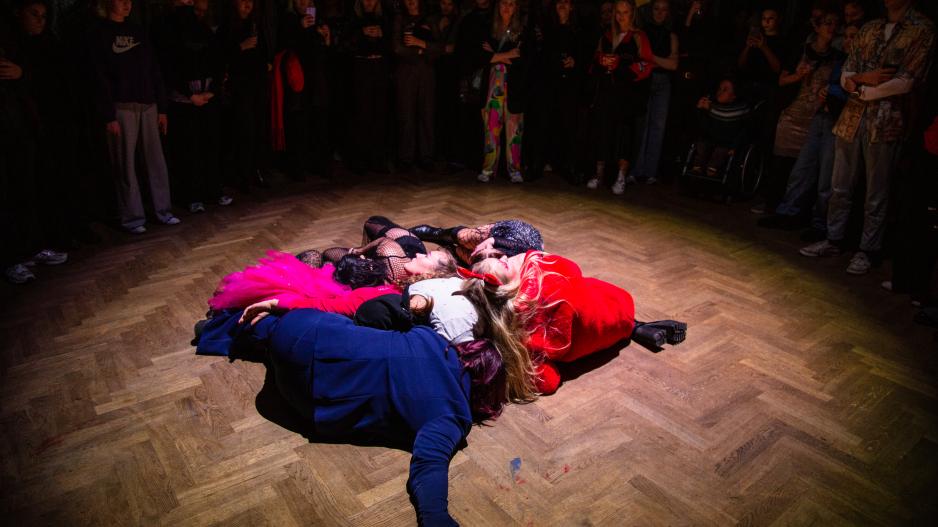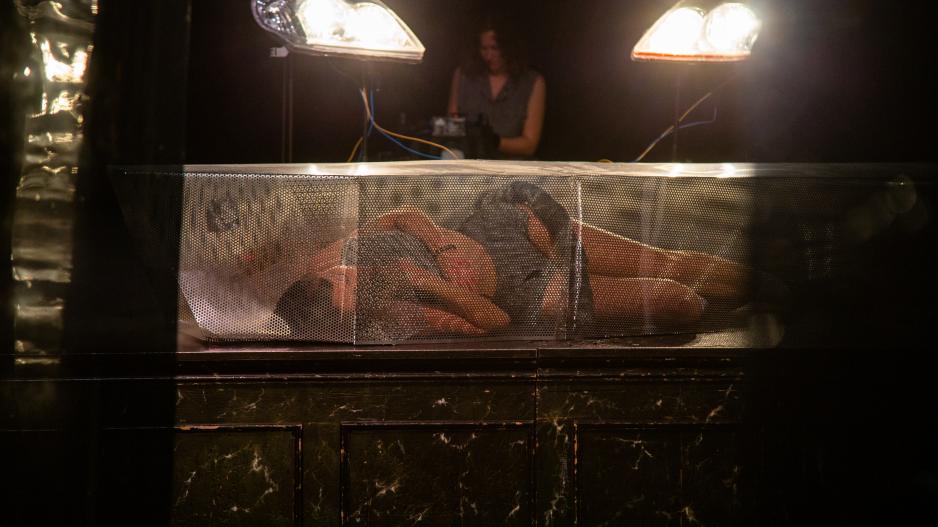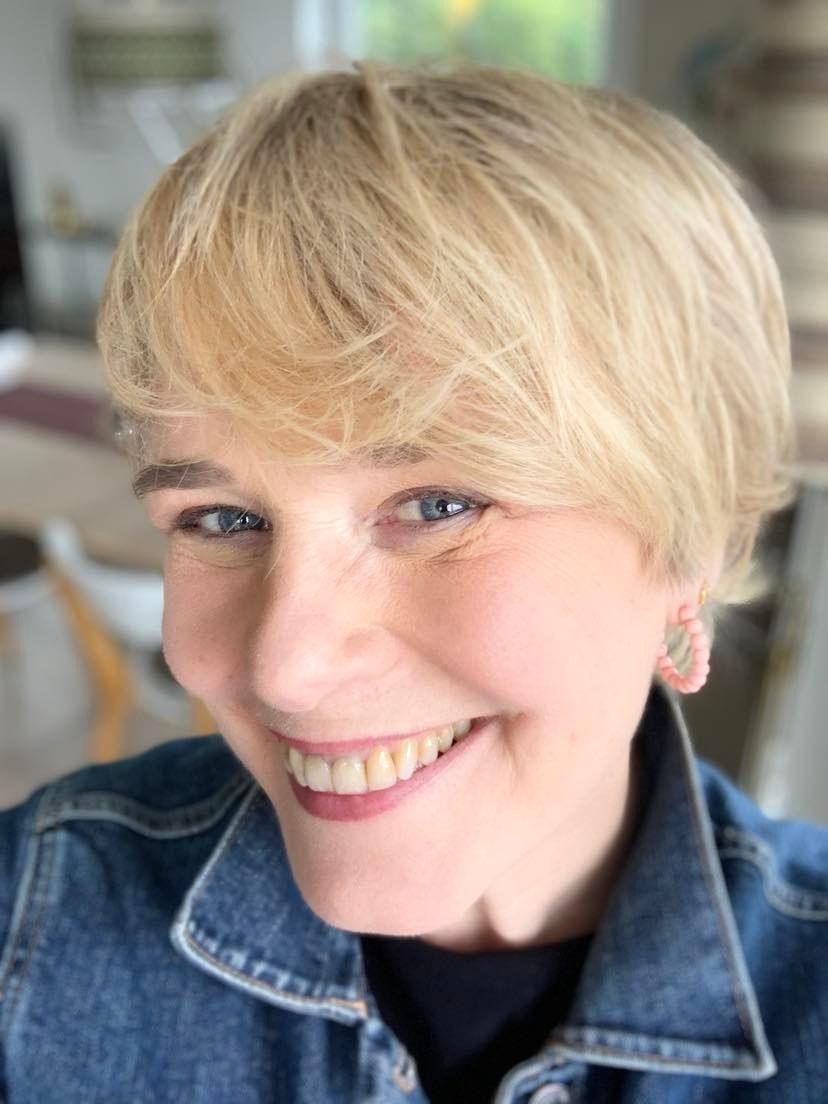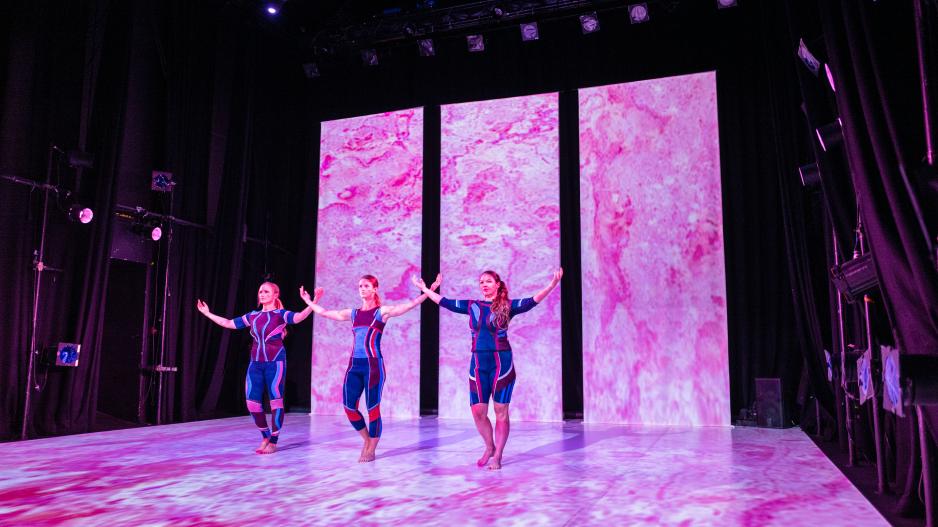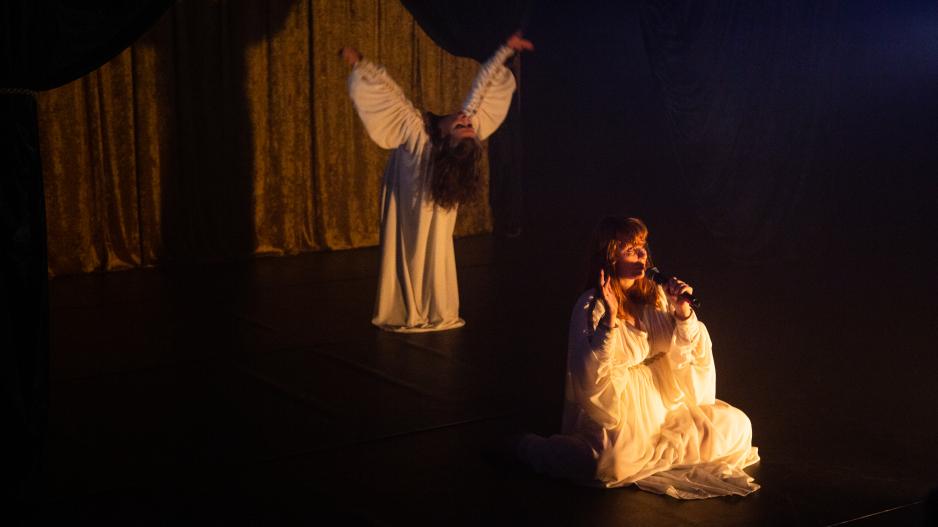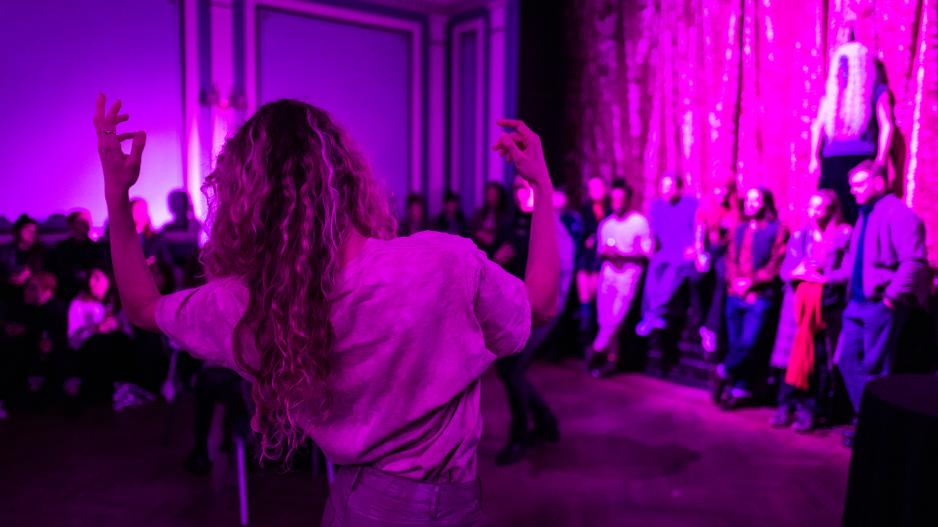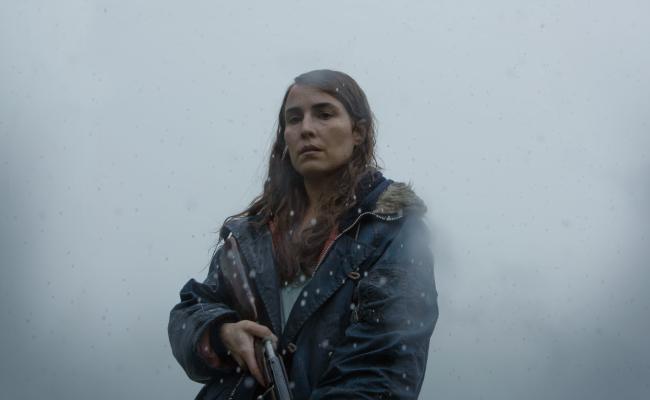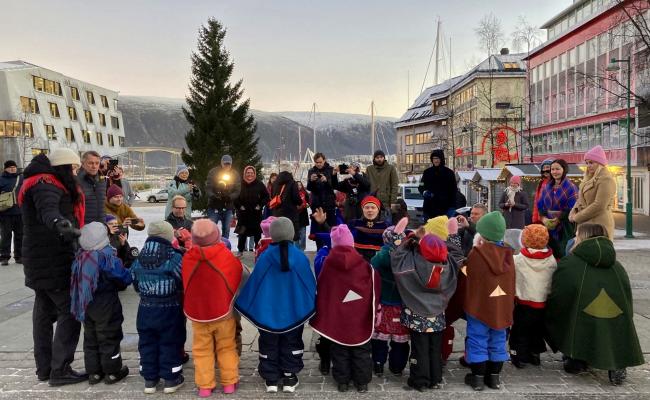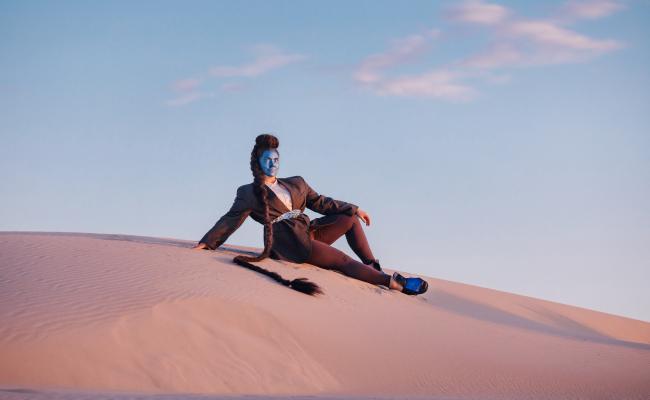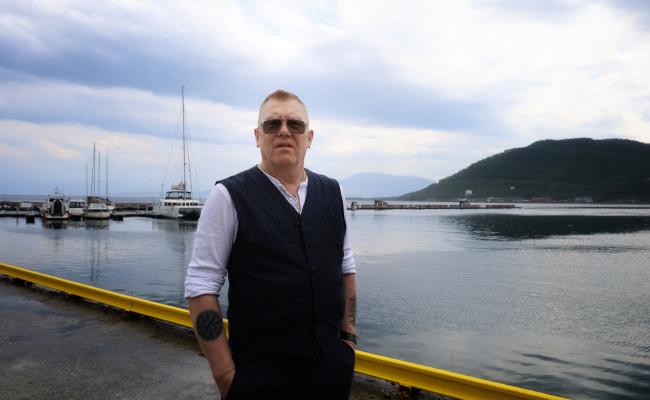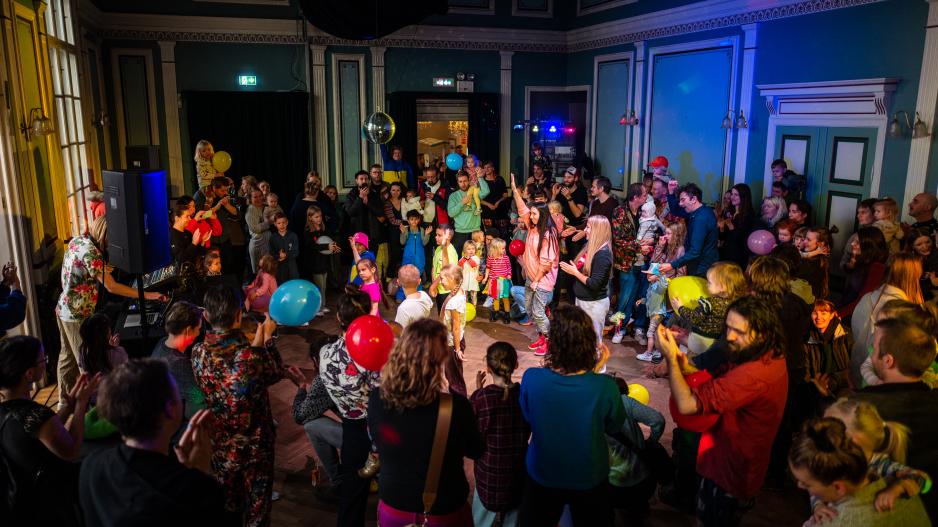
Photo gallery: Baby rave for children of all ages and their parents. With music from Brazil, Ukraine, Japan, India, South Africa, and Iceland as imagination input, the children can go on dance journeys to different corners of the world, writes the festival. (Photo: Owen Fiene/Reykjavik Dance Festival) >
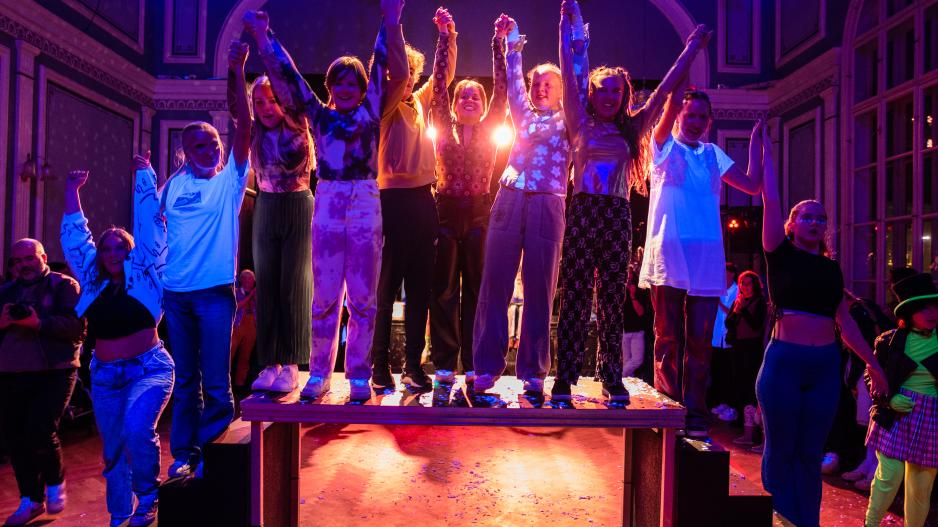
The dance performance Feminist rave is created by Anna Kolfinna in close cooperation with and performed by a group of teenagers. This is a feminist utopia, inspired by rave culture, where everyone are free to move and express themselves as they choose to the music of their own choice. (Photo: Owen Fiene/Reykjavìk Dance Festival) >
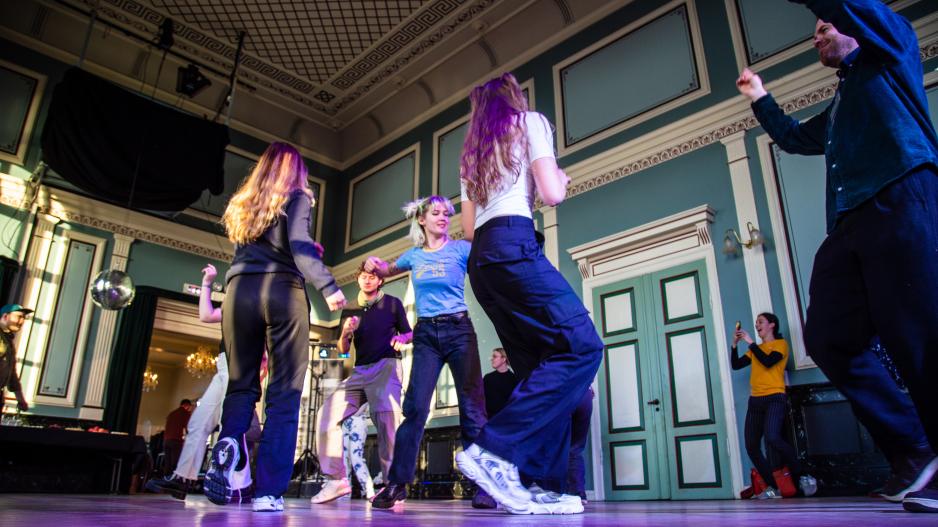
Lunch beat has its own manifest. Mandatory dancing and no talking about work are among the rules. The concept was created in Stockholm and traveled to Reykjavìk Dance Festival in 2012. The event takes place under the auspices of the Coreography Reykjavìk collective. (Photo: Owen Fiene/Reykjavìk Dance Festival)

